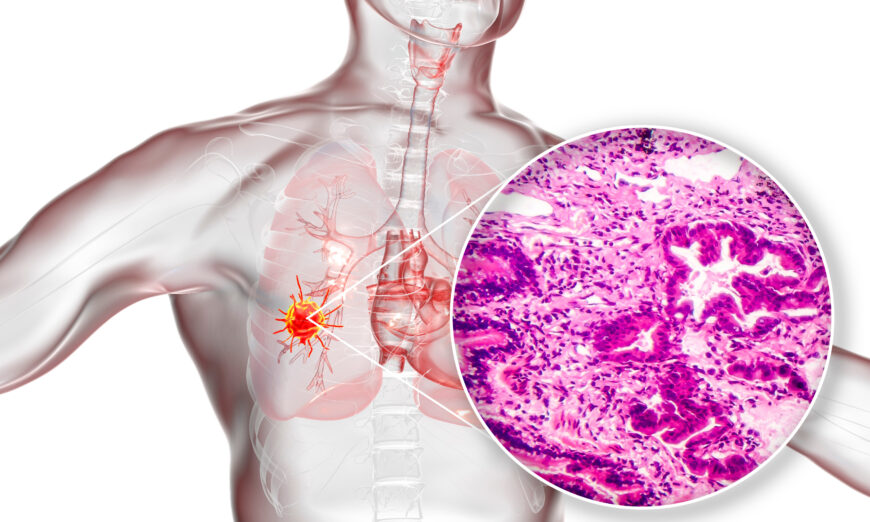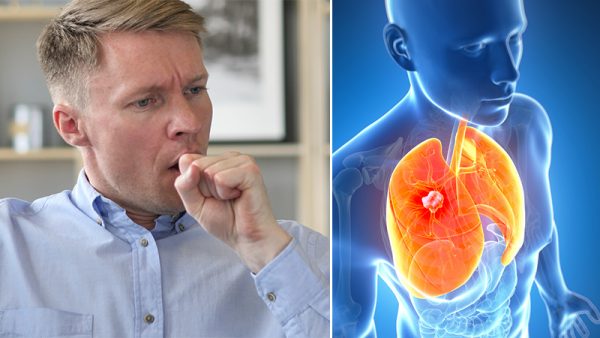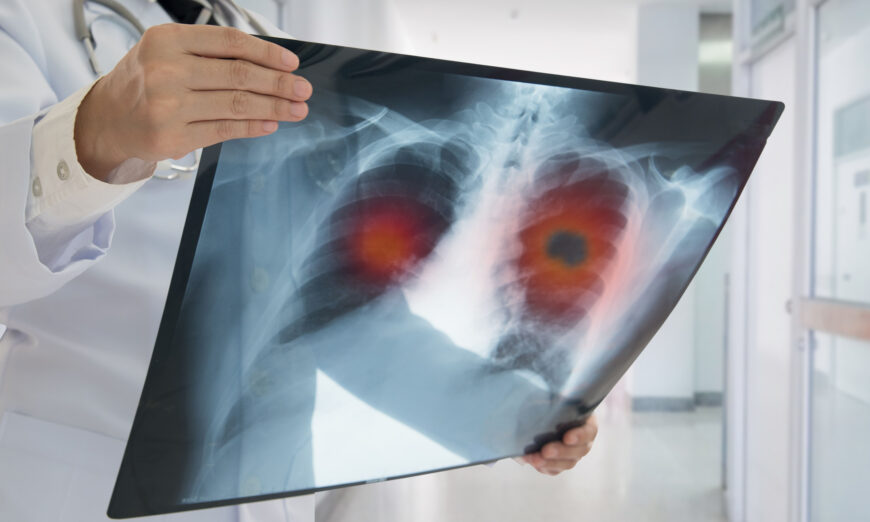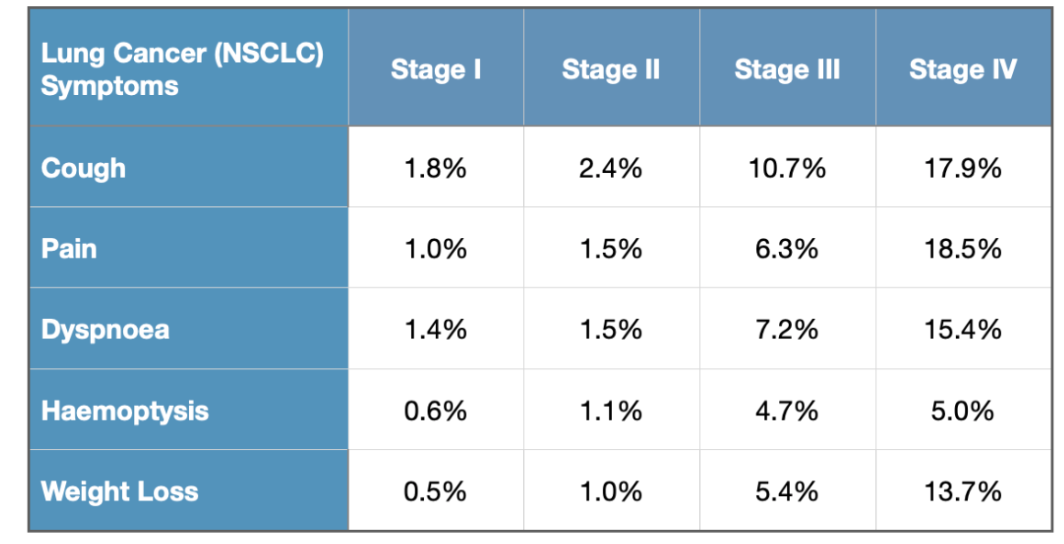Abstract
Background
In an early-phase study involving patients with advanced non–small-cell lung cancer (NSCLC), the response rate was better with nivolumab plus ipilimumab than with nivolumab monotherapy, particularly among patients with tumors that expressed programmed death ligand 1 (PD-L1). Data are needed to assess the long-term benefit of nivolumab plus ipilimumab in patients with NSCLC.
Methods
In this open-label, phase 3 trial, we randomly assigned patients with stage IV or recurrent NSCLC and a PD-L1 expression level of 1% or more in a 1:1:1 ratio to receive nivolumab plus ipilimumab, nivolumab alone, or chemotherapy. The patients who had a PD-L1 expression level of less than 1% were randomly assigned in a 1:1:1 ratio to receive nivolumab plus ipilimumab, nivolumab plus chemotherapy, or chemotherapy alone. All the patients had received no previous chemotherapy. The primary end point reported here was overall survival with nivolumab plus ipilimumab as compared with chemotherapy in patients with a PD-L1 expression level of 1% or more.
Results
Among the patients with a PD-L1 expression level of 1% or more, the median duration of overall survival was 17.1 months (95% confidence interval [CI], 15.0 to 20.1) with nivolumab plus ipilimumab and 14.9 months (95% CI, 12.7 to 16.7) with chemotherapy (P=0.007), with 2-year overall survival rates of 40.0% and 32.8%, respectively. The median duration of response was 23.2 months with nivolumab plus ipilimumab and 6.2 months with chemotherapy. The overall survival benefit was also observed in patients with a PD-L1 expression level of less than 1%, with a median duration of 17.2 months (95% CI, 12.8 to 22.0) with nivolumab plus ipilimumab and 12.2 months (95% CI, 9.2 to 14.3) with chemotherapy. Among all the patients in the trial, the median duration of overall survival was 17.1 months (95% CI, 15.2 to 19.9) with nivolumab plus ipilimumab and 13.9 months (95% CI, 12.2 to 15.1) with chemotherapy. The percentage of patients with grade 3 or 4 treatment-related adverse events in the overall population was 32.8% with nivolumab plus ipilimumab and 36.0% with chemotherapy.
Conclusions
First-line treatment with nivolumab plus ipilimumab resulted in a longer duration of overall survival than did chemotherapy in patients with NSCLC, independent of the PD-L1 expression level. No new safety concerns emerged with longer follow-up.
Discussion
In this phase 3, randomized trial, we found that patients with advanced NSCLC and a PD-L1 expression level of 1% or more who received nivolumab plus ipilimumab had a significantly longer duration of overall survival than those who received chemotherapy as first-line treatment. At 2 years, the rate of ongoing response was 49% with nivolumab plus ipilimumab, as compared with 11% with chemotherapy. The safety of nivolumab plus ipilimumab has been improved in patients with NSCLC with the use of a lower dose and frequency of administration of ipilimumab, as was suggested in the phase 1 dose-finding study.10
In addition, the duration of overall survival was longer with nivolumab plus ipilimumab than with chemotherapy in all the trial patients, including in those with a PD-L1 expression level of less than 1%, a population for whom anti–PD-1 monotherapy has been insufficient. Although the relative benefit of nivolumab plus ipilimumab, as compared with chemotherapy, was numerically greater in patients with a PD-L1 expression level of less than 1% than in those with a PD-L1 expression level of 1% or more, this result was mostly due to variations between the PD-L1 subgroups in both the median duration of survival and in survival rates in the chemotherapy group. The median duration of overall survival and rates of overall survival at 1 year and 2 years with nivolumab plus ipilimumab were nearly identical in these two PD-L1 subgroups. This result is consistent with previous reports involving patients with melanoma and renal-cell carcinoma, which also showed a benefit for nivolumab plus ipilimumab regardless of PD-L1 level.8,9 The precise underpinnings of the diminished dependence on PD-L1 expression with a combination of PD-1 and CTLA-4 inhibition, as compared with anti–PD-1 monotherapy, are unknown. However, we hypothesize that the differential immune effects of CTLA-4 versus PD-1 inhibition17,18 may be particularly critical in PD-L1–negative tumors for recruiting effective antitumor immunity from the peripheral compartment, which is increasingly recognized as an important mechanism of response to immunotherapy.19-21
Combining nivolumab with ipilimumab has proved to be effective in melanoma and renal-cell carcinoma in previous studies,8,9,22 yet a key question before this trial was whether the addition of CTLA-4 inhibition to PD-1 blockade contributes to benefit in patients with NSCLC. Although this trial was not powered to compare the two regimens, our findings show better efficacy with nivolumab plus ipilimumab than with nivolumab monotherapy within the same trial. In particular, we observed higher rates of complete response and a longer median duration of response (a difference of >7 months) in the patients who received nivolumab plus ipilimumab. In addition, among the patients with a PD-L1 expression level of less than 1%, those who received nivolumab plus ipilimumab had longer overall survival and a longer duration of response (a difference of nearly 10 months) than did those who received nivolumab plus chemotherapy, although this analysis was not part of the statistical testing hierarchy.
Biomarkers for predicting an enhanced benefit for combination immunotherapy relative to chemotherapy remain elusive. The design of this trial was informed by phase 1 and 2 single-group studies of nivolumab plus ipilimumab that showed increased response rates in patients with PD-L1–expressing tumors or a high tumor mutational burden in patients with NSCLC.10,23 However, in this large, randomized study, the survival benefit with nivolumab plus ipilimumab over chemotherapy was ultimately similar in the two main PD-L1 subgroups on the basis of a cutoff of 1% of tumor cells. Moreover, based on emerging data related to the tumor mutational burden as a biomarker, CheckMate 227 was amended to add a primary end point of progression-free survival with nivolumab plus ipilimumab versus chemotherapy in patients with a high tumor mutational burden.11 In the current report, although absolute survival with nivolumab plus ipilimumab was greatest in patients with a high tumor mutational burden, a similar relative benefit of nivolumab plus ipilimumab, as compared with chemotherapy, was seen in patients regardless of tumor mutational burden. The unexpected effect of the tumor mutational burden on the overall survival of patients who received chemotherapy may have contributed to these results. Before we initiated this trial, some24-27 but not all28 studies had shown that survival was not affected by tumor mutational burden with chemotherapy treatment. Further understanding of the role of the tumor mutational burden, if any, as a biomarker is warranted before the integration of this factor into clinical practice.
In the primary analysis from this trial, the median duration of overall survival was significantly longer with nivolumab plus ipilimumab than with chemotherapy among patients with advanced NSCLC who had a PD-L1 expression level of 1% or more. In secondary analyses, the duration of overall survival was also longer with nivolumab plus ipilimumab than with chemotherapy in patients with a PD-L1 expression of less than 1% and in all the trial patients.
Source:NEJM








